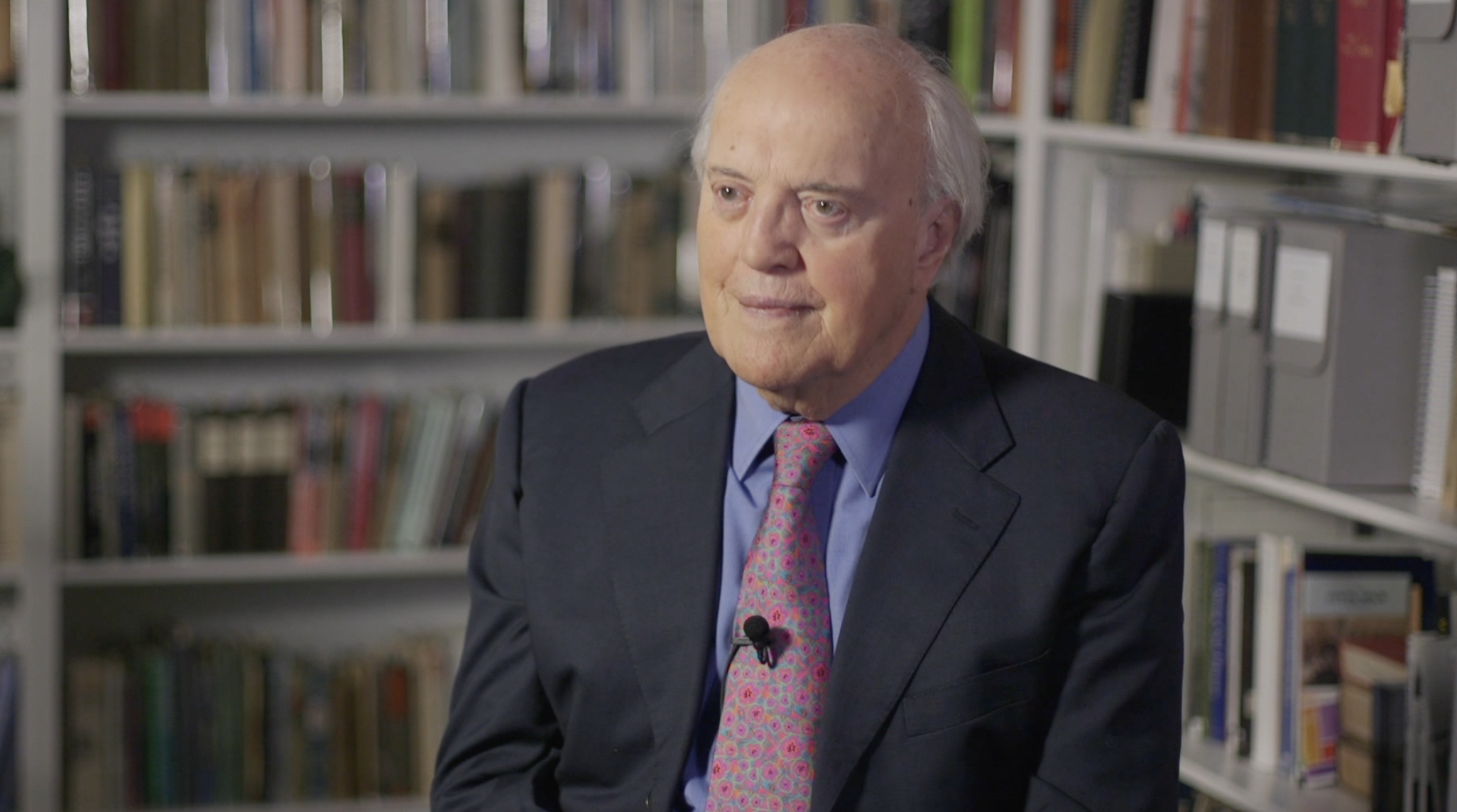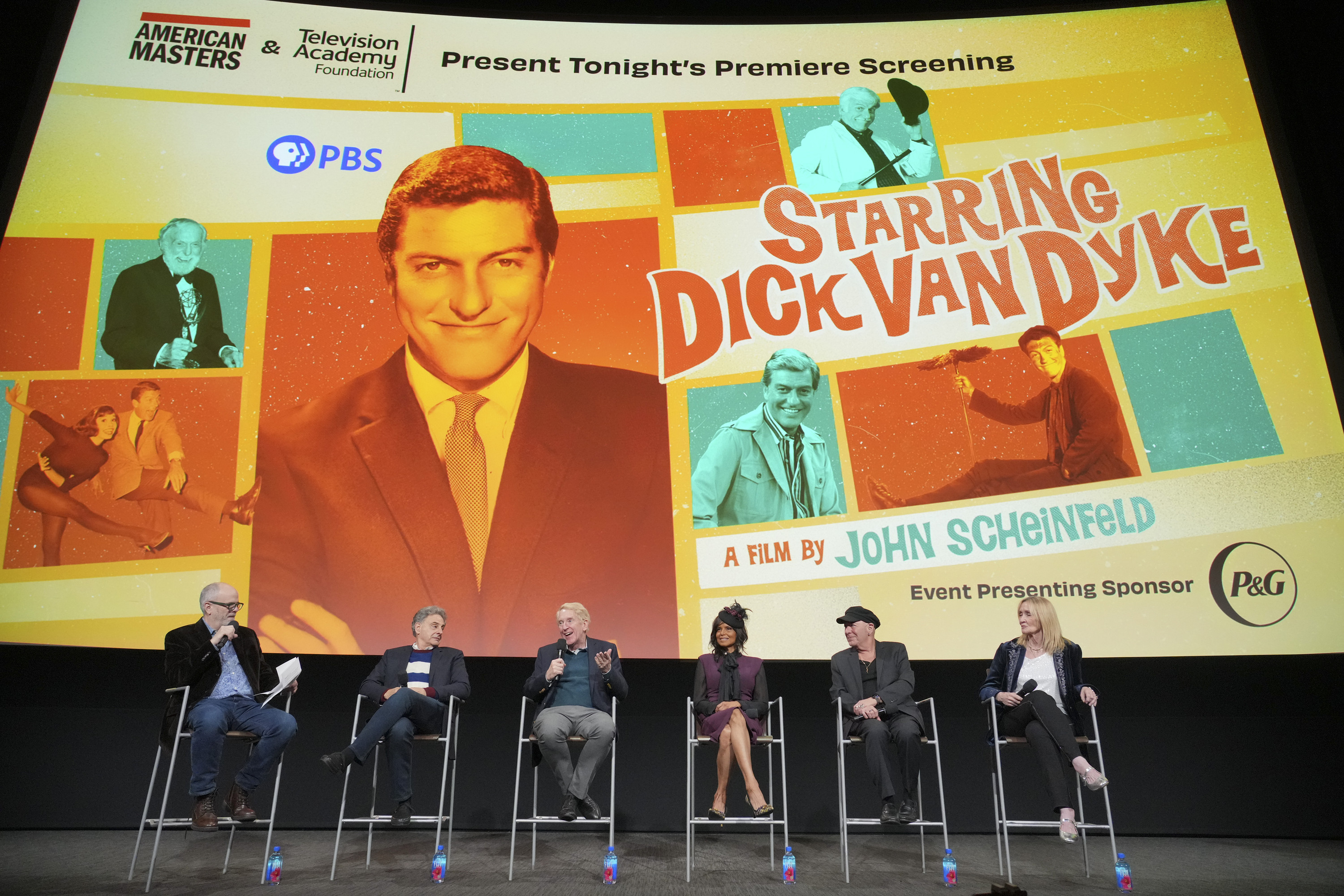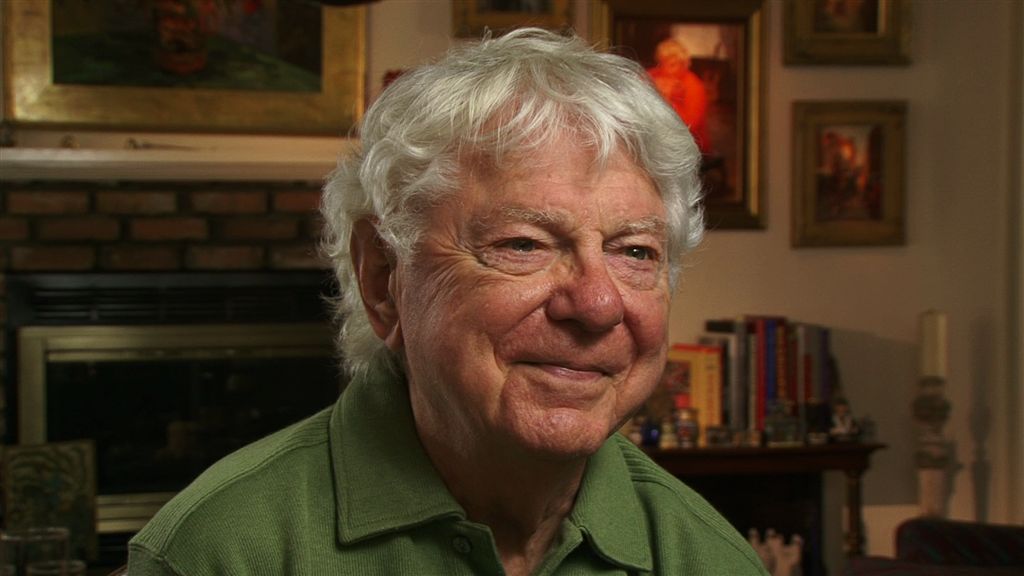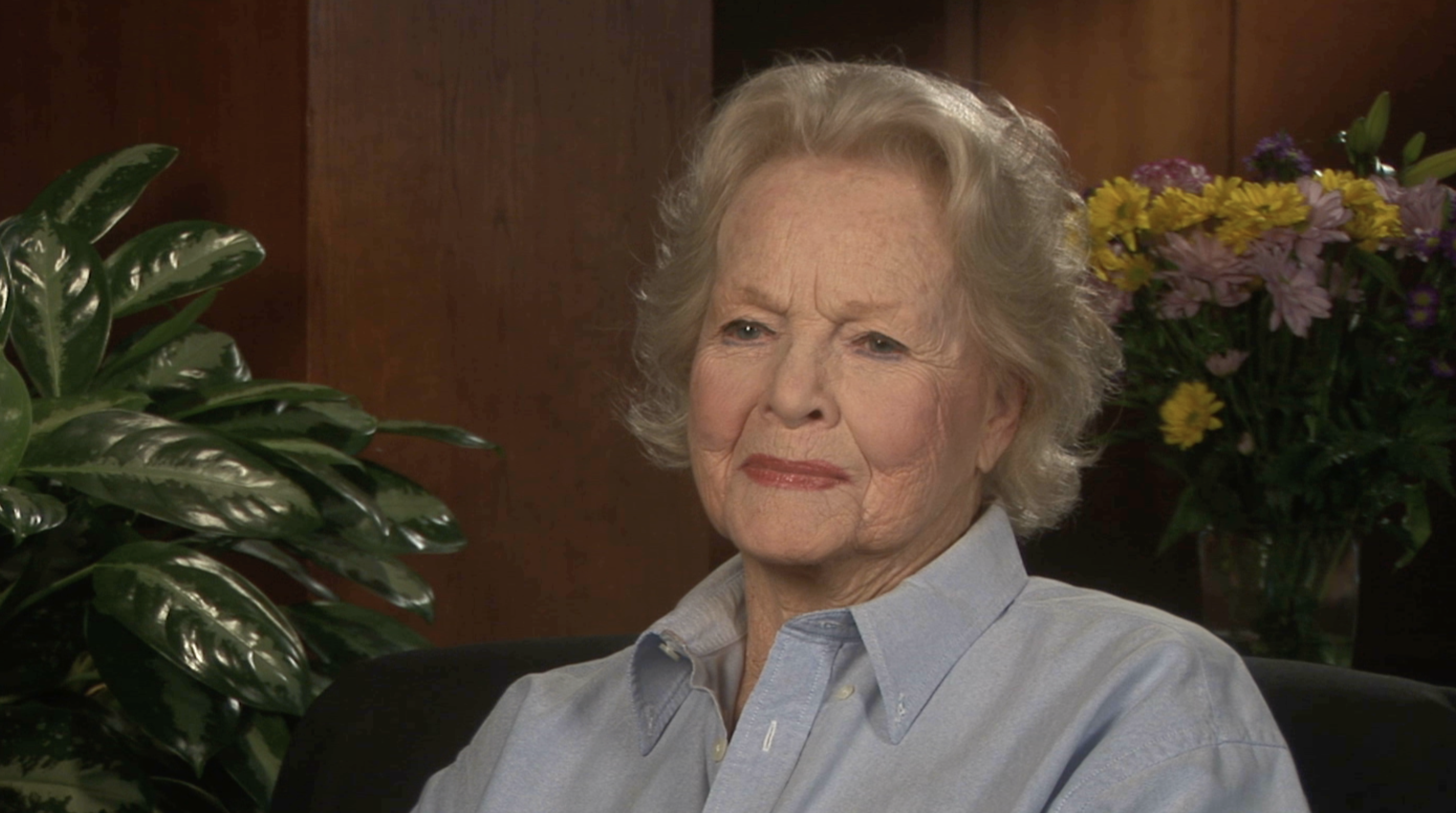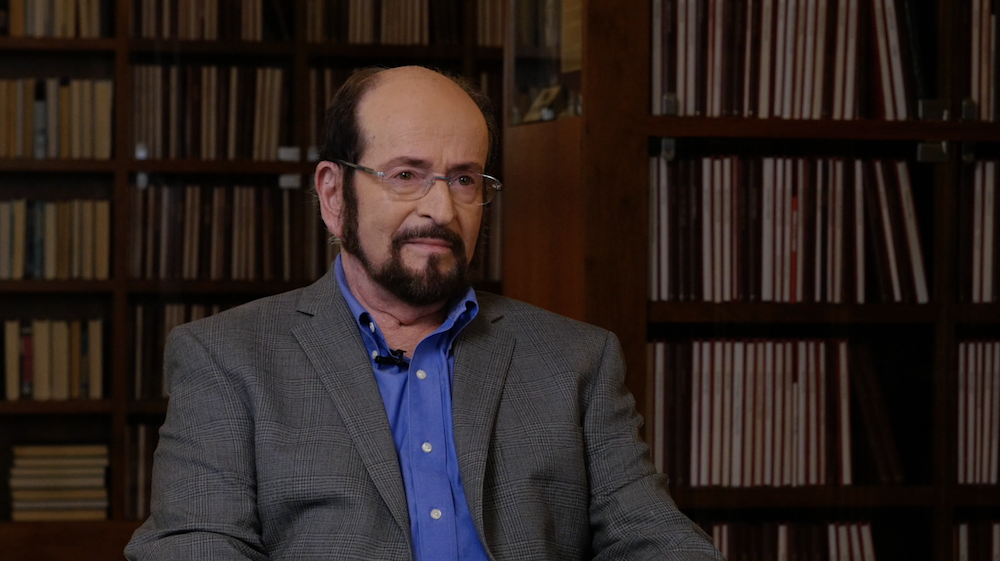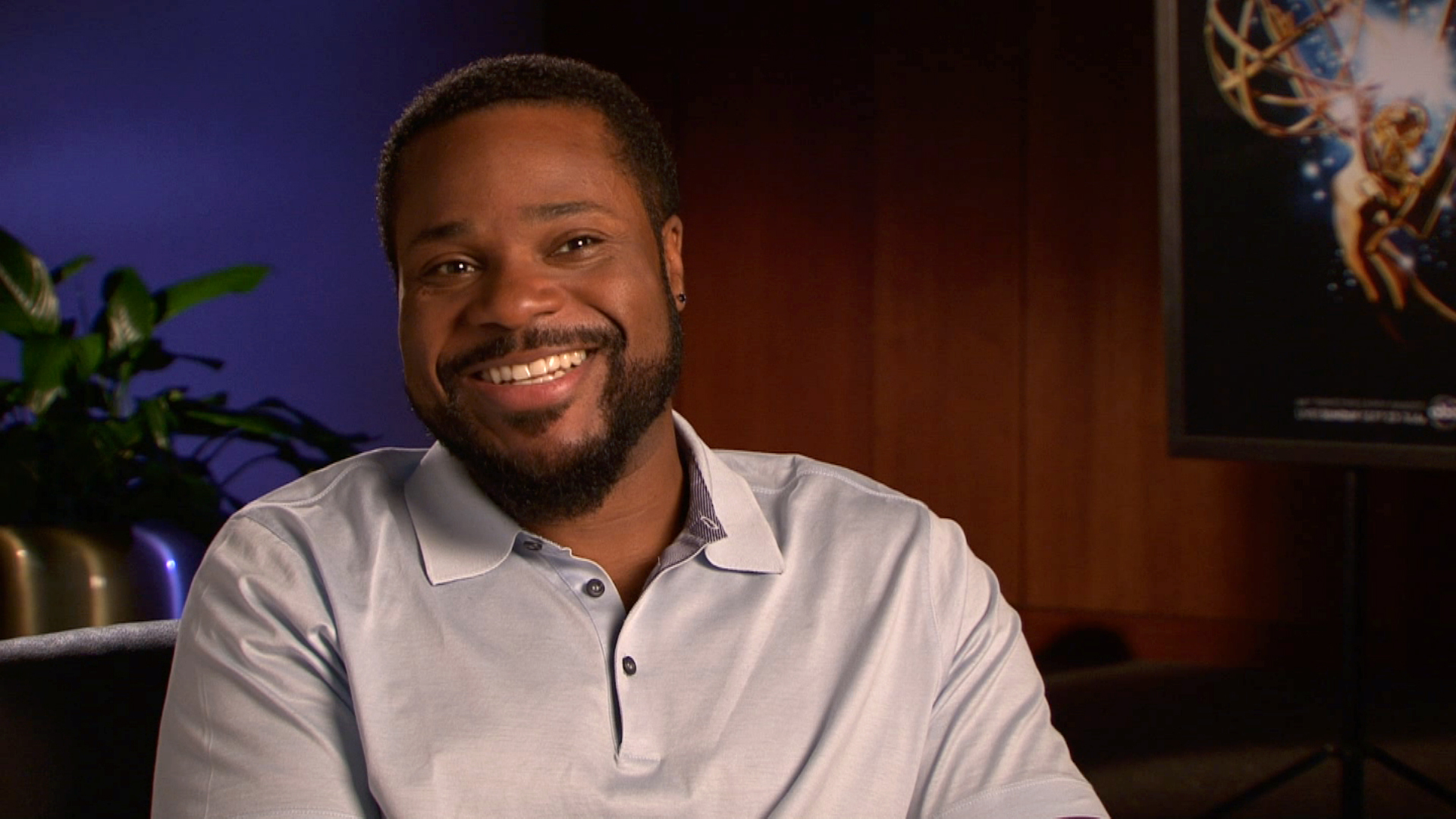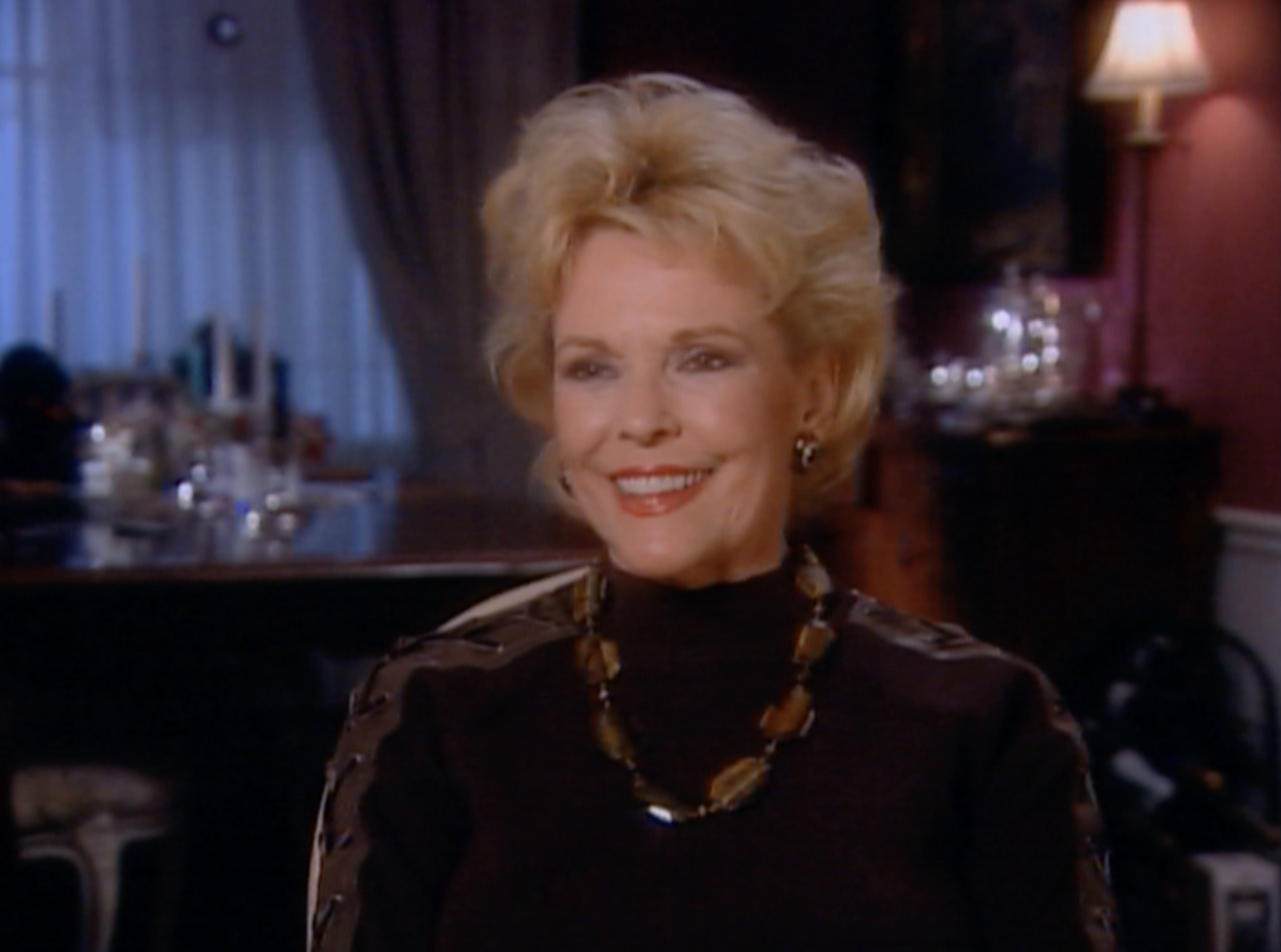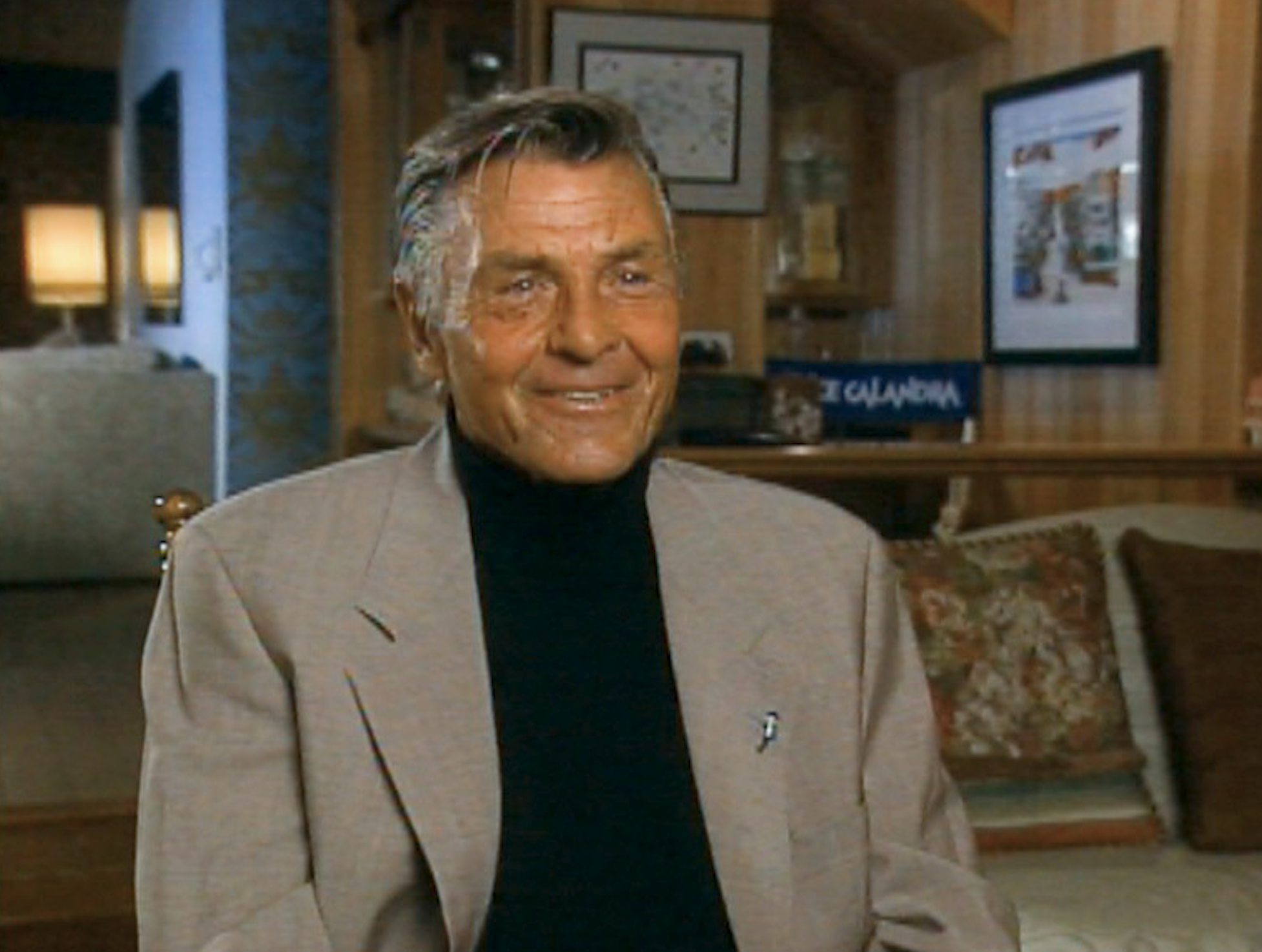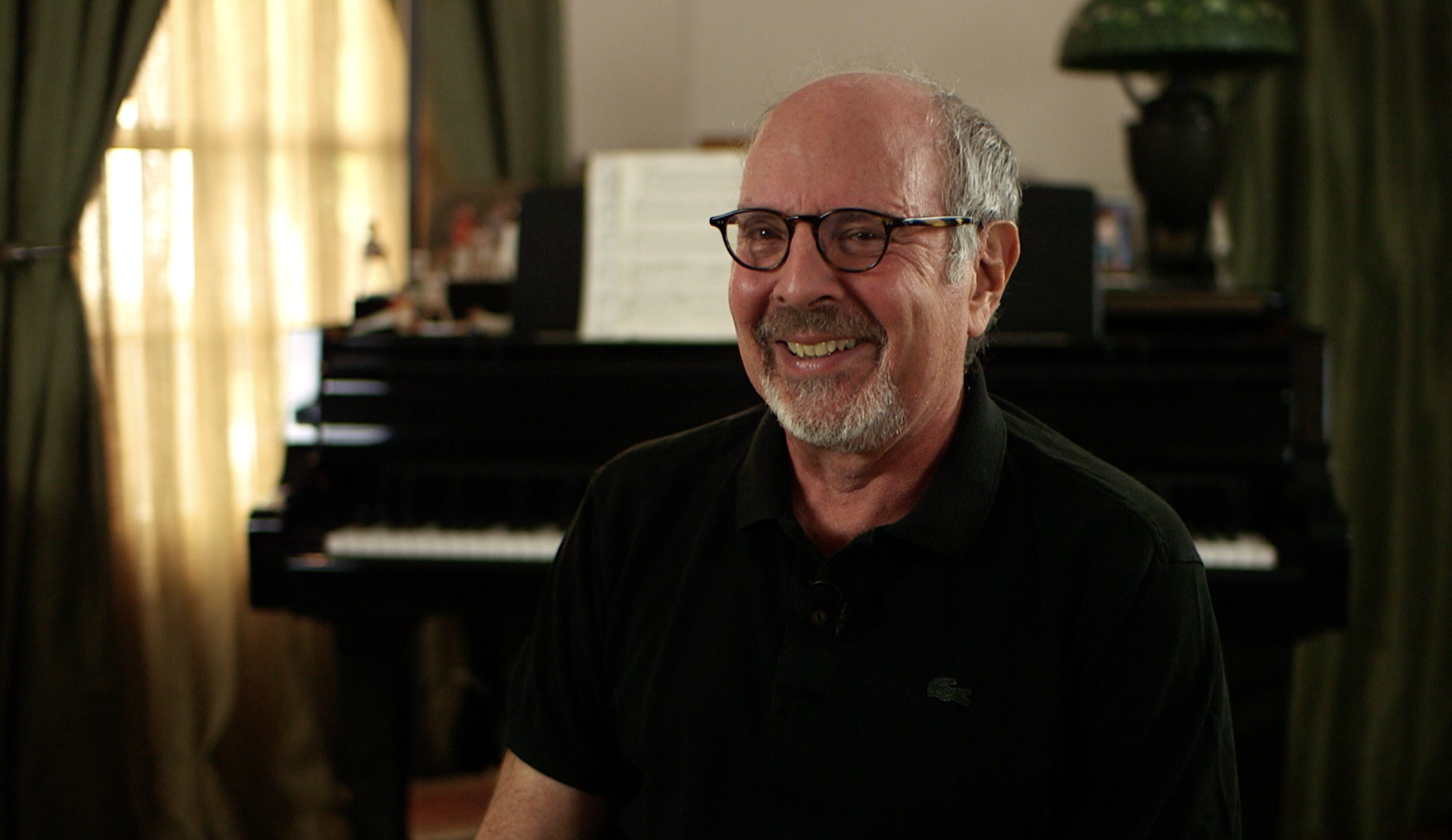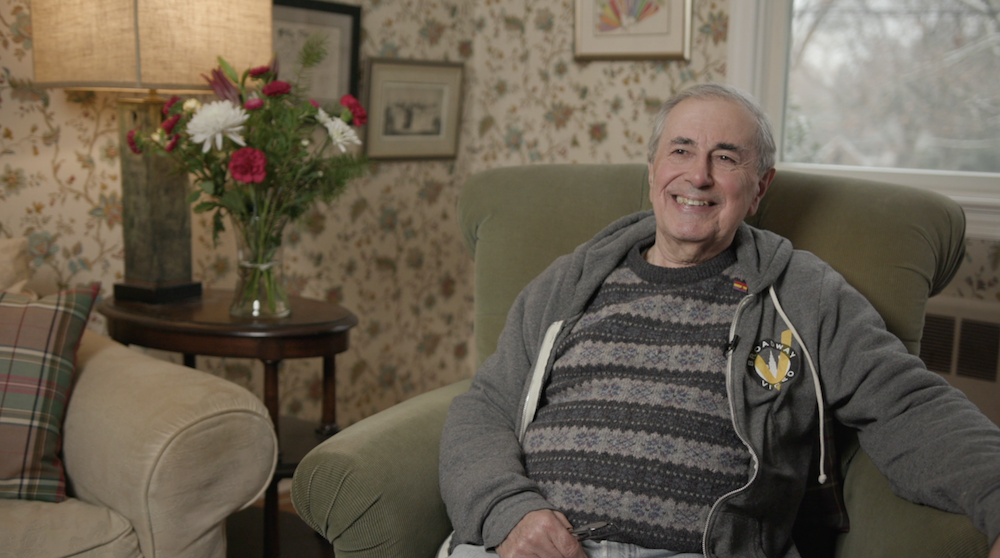Notes on Shark Jumping
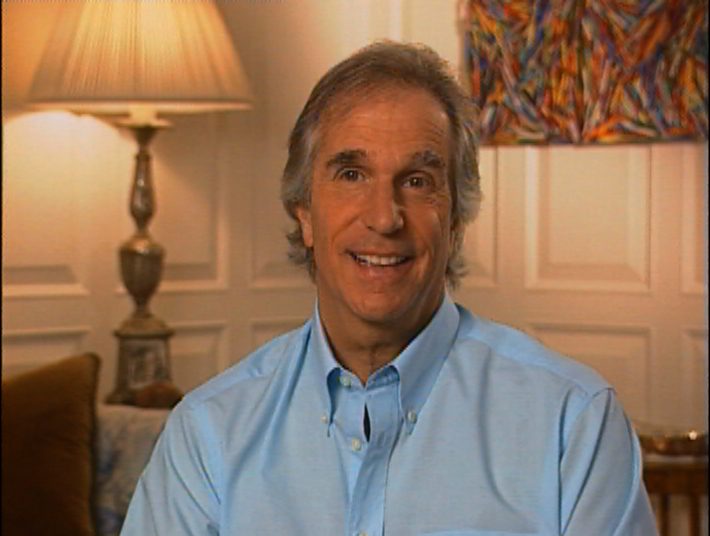

In 1985 at The University of Michigan, a term was quietly coined that would one day enter the lexicon and forever change the way we talked about television. Sean Connolly, Jon Hein’s roommate, invented the phrase “jump the shark” to describe that heretofore undefined moment when a television show you love starts going downhill. Twelve years later, Hein created the website jumptheshark.com where users voted on and described in comments that defining moment in their favorite shows.
The term, of course, refers to Fonzie jumping over a shark on waterskis on Happy Days. This storyline was apparently inspired by a highly publicized television event that never wound up happening. On January 31, 1977, Evel Knievel was going to jump on his motorcycle over a tank full of sharks, and it was to be hosted by Mr. Telly Savalas and Miss Jill St. John. Not to be missed. I still remember the excitement I felt as a little kid seeing the newspaper ad for the broadcast. Picture a full-page ad in TV Guide, the shark from the Jaws poster, and Evel sailing over it on his bike wearing his boss bicentennial jumpsuit and cape. 8:30 on CBS, baby! I was so there. I also still remember my bitter disappointment when my Uncle Ricky gleefully informed me that afternoon that the stunt had been cancelled due to a Knievel accident earlier in the day. How could something that was supposed to be on TELEVISION not happen?? It made no sense to me.
Eight months later, Fonzie would have his crack at it. Not on his own trusty motorcycle, no, but on a pair of jet skis. We asked both Ron Howard and Henry Winkler (full disclosure: I worked for Henry on Hollywood Squares and he’s literally the nicest guy in show business or any business) about the episode, and both say they get a kick out of the phrase it spawned, but both point out that the show thrived in the ratings for several more seasons after that episode. Of course, that isn’t the point. Jumping the shark has precious little to do with ratings. It’s all about quality.
But for me “jump the shark” is something of a misnomer. Happy Days’ best years were long over by the time that particular episode was broadcast. The first two seasons were very different from subsequent years of the series. It started out as a low-key, coming-of-age, single-camera, shot-on-a-soundstage-without-the-benefit-of-a-live-studio-audience kind of show. It had a lot in common with another series that came along much later, The Wonder Years. In season three, a live audience was put in place, as were four cameras to capture the action. Fonzie went from being a misunderstood hood to being basically a superhero who taught kids that getting a library card was “cool.” For me, the show was never as good, but I suppose “jumped the shark” has a better ring than “transitioned from single camera to four camera.” I should also note that the ratings took off in season three, so no one agrees with me on this.
The clearest instance I can remember of a show turning from good to bad on a dime was the original “Red Wedding,” Dynasty’s “Moldavian Massacre.” The shark actually jumped DURING the broadcast! It was the season five finale, and it was chugging along just fine. Steven Carrington (finally) decided to commit to Luke Fuller - good. Adam and Claudia decide they’re meant for each other - yes yes, very nice. Sammy Jo continues to plot against her aunt Krystle with an evil look-alike - well, not so great but we didn’t realize it then. And Amanda Carrington was walking down the aisle looking more like Lady Diana than ever (and that’s saying something). Then suddenly, this ridiculous development happens. A poorly staged, absurdly costumed, wholly unbelievable terrorist attack, guns ablazin’, on Amanda’s wedding. It was an awful scene. In the season six opener, we found that only the “guest stars” (Rock Hudson, Ali McGraw) had been killed. The regular cast was no worse for wear, including those we’d SEEN get shot. Oh, and of course Luke Fuller was killed. TV wasn’t quite ready for THAT duo. As John Forsythe said in our interview with him, the writing on the show was never the same. They never recovered. From that moment on, Dynasty was virtually unwatchable.
I have a theory that “shark jumping” may be on its way out. Very often I think the culprit in the decline of a series is the number of episodes they’re compelled to do. At the dawn of television, a show like My Little Margie was forced to do 36 episodes per year. Over a thousand pages of scripts, with at least two jokes per page. Advertisers demanded it, and it was important to reach 100 episodes as quickly as possible for syndication. I think 36 episodes in a year of a comedy is nearly impossible. A large order of episodes like that breeds creative burnout. Take The Honeymooners. For the 1955-56 season, Jackie Gleason decided to turn the recurring sketch into a full-fledged series. 39 episodes were produced in one year. Suddenly, Gleason called it quits. He realized that it would be impossible to keep the quality of the show up for 39 episodes a year, so he cancelled the classic series after only one season. The show was later brought back in the ‘60s, and if you ever see those episodes, you’ll understand that Gleason made the right call back in ‘56.
As a kid I remember getting into reruns of the classic Britcom Fawlty Towers. After two weeks, I noticed they were running an episode I’d just seen two weeks before. I figured the local station had messed up. My cousin disabused me of this notion. “There are only twelve episodes. The Brits do it differently.” They certainly did and Fawlty Towers is twelve half hours of perfection with nary a shark jump in sight. I believe that the basic cable (having taken a page from the BBC) phenomenon of ten to thirteen episodes a year helps keep a series fresh. I was a fan of Smallville, but only twelve episodes a year were any good. Those were the episodes that advanced the overall story arc. The other twelve episodes were just filler. Time wasters. They dragged the show down.
Trey Parker and Matt Stone of South Park have navigated it perfectly. When the show began, they did eighteen episodes per year. As time went on that number was reduced to fourteen. Last year, they went to ten episodes. And in year nineteen of the show, they had their best season ever, creatively speaking. I believe that if Seinfeld had been allowed to ten episodes a year, Larry David never would’ve left and it might even still be on.
Major networks are still holding on to the 22 episodes per year model, but I think cable channels, with their critical acclaim, ratings success, and Emmy Awards, will soon win out. Ladies and gentlemen, I believe we may see the eradication of shark jumping in our lifetimes.
For more fun tales of creative peaks and valleys, search the collection.
